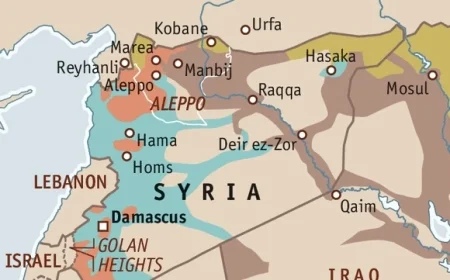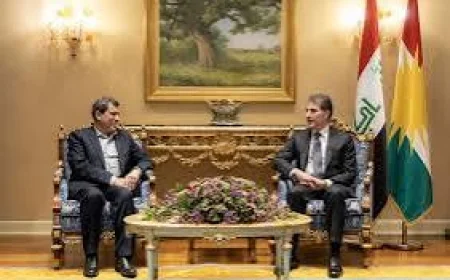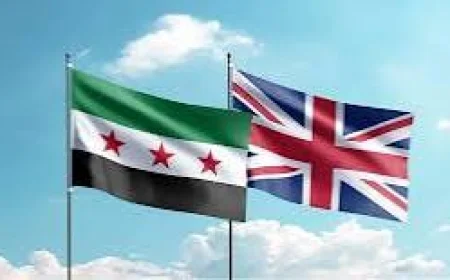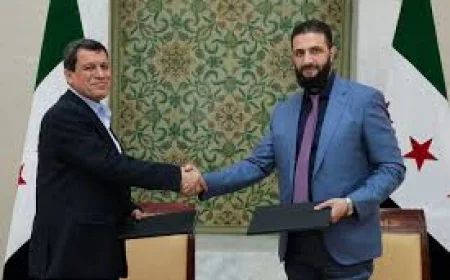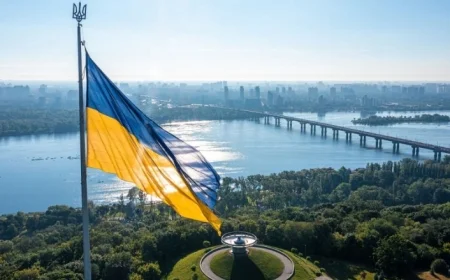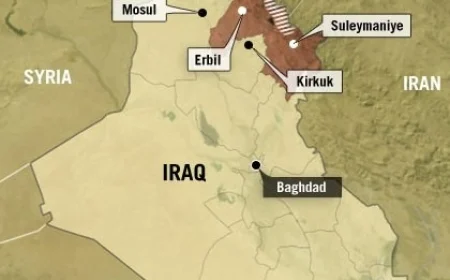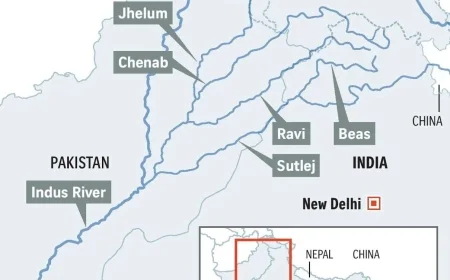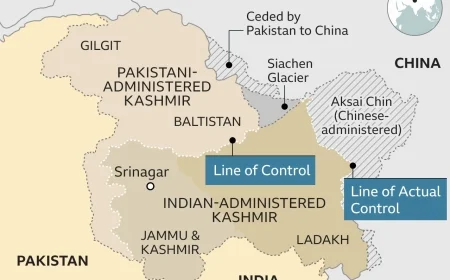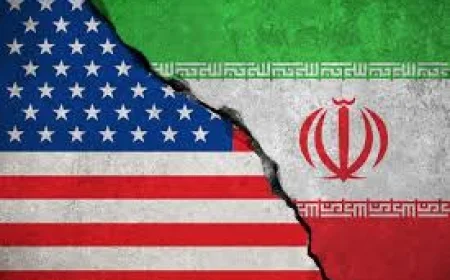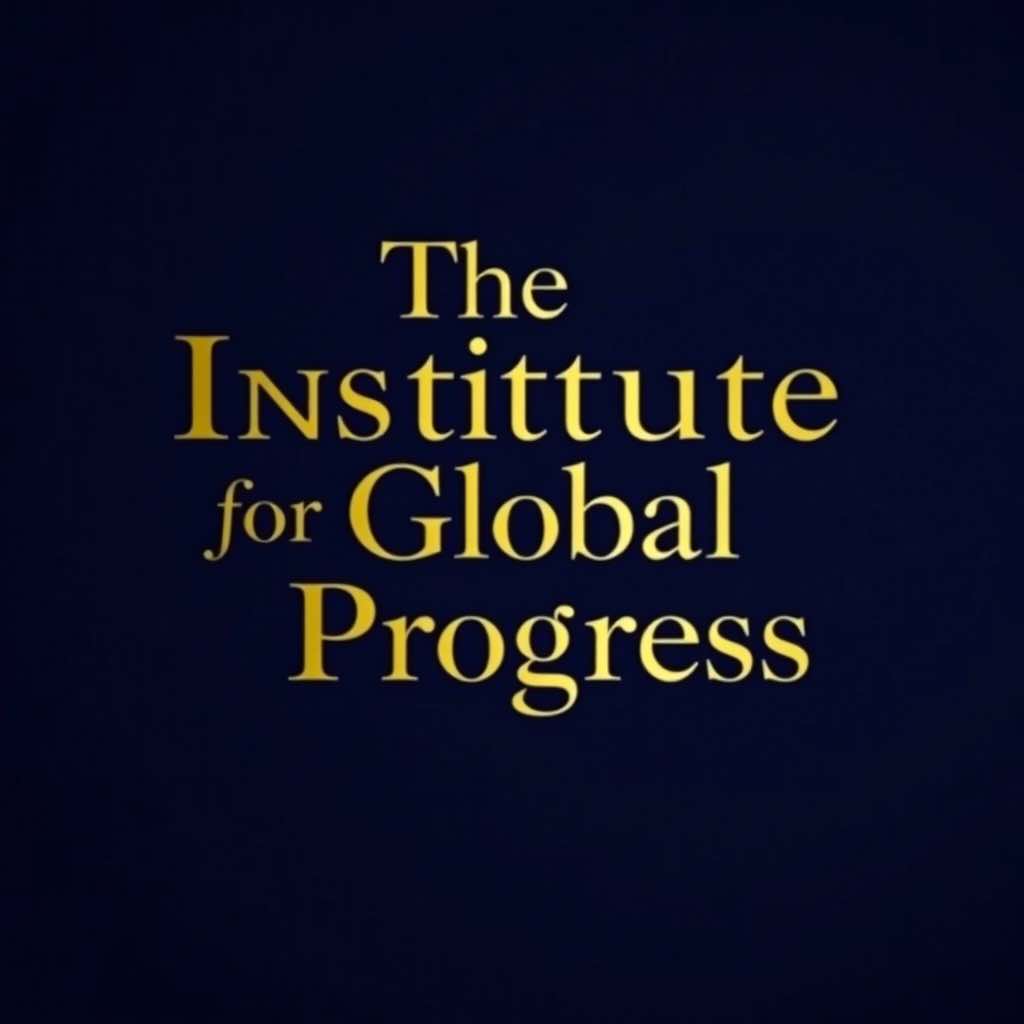After more than a decade of maintaining de facto autonomy in northern Syria (Rojava), Kurdish representatives are strategically positioning themselves for a post-conflict settlement that would formalize their self-governance through a federal arrangement. This demand reflects not only the practical reality on the ground—where Kurdish forces have established functional governance structures—but also represents a legitimate aspiration for a historically marginalized community seeking protection of its rights, identity, and security.
Our analysis indicates that a federal solution offers the most viable pathway to a sustainable peace in Syria by addressing long-standing Kurdish grievances while maintaining Syria’s territorial integrity. However, significant challenges remain, including resistance from Damascus, Turkish opposition, and questions about international support. This report provides a multi-dimensional analysis of these issues and offers recommendations for stakeholders committed to a stable, inclusive Syria.
Key Findings
1. Historical Context and Legitimacy: Kurdish demands for federalism represent a legitimate response to decades of state-sponsored marginalization, including denial of cultural rights, language restrictions, and citizenship deprivation under Ba’athist rule.
2. Current Realities Support Federalism: Kurdish authorities have demonstrated effective governance in northern Syria since 2012, establishing democratic institutions, providing essential services, and maintaining security in their regions despite ongoing conflict.
3. Federalism as Conflict Resolution: A federal arrangement offers a middle path between full independence (which would face insurmountable opposition) and a return to centralized control (which would likely trigger renewed conflict).
4. Regional and International Implications: Kurdish federalism in Syria has significant implications for neighboring countries with Kurdish populations and requires careful diplomatic navigation to secure necessary international support.
5. Economic Viability: Kurdish regions possess important natural resources, agricultural land, and cross-border trade potential that could support sustainable autonomous governance within a federal framework.
1. Historical Context and Kurdish Rights in Syria
1.1 Historical Marginalization
The Kurdish population in Syria—approximately 2-3 million people, constituting 10-15% of the pre-war population—has endured systematic marginalization under successive Syrian governments. The Ba’athist regime implemented discriminatory policies including:
• The 1962 exceptional census in al-Hasakah province, which stripped approximately 120,000 Kurds of citizenship
• Prohibition of Kurdish language instruction and cultural expression
• “Arab Belt” policies aimed at changing the demographic composition of Kurdish areas
• Suppression of Kurdish political organization and activism
These historical injustices form the foundation of current Kurdish demands for constitutional protections and self-governance.
1.2 The Emergence of Rojava During the Syrian Conflict
The outbreak of the Syrian civil war in 2011 created a power vacuum that allowed Kurdish forces to establish autonomous control over northern regions. This area, known as Rojava or the Autonomous Administration of North and East Syria (AANES), has implemented a governance model based on:
• Democratic confederalism emphasizing local governance
• Gender equality with co-leadership positions reserved for women
• Multi-ethnic administration including Arabs, Assyrians, and other communities
• Secular governance despite regional religious tensions
These administrative structures have functioned effectively for over a decade, demonstrating the viability of Kurdish self-governance.
2. Current Kurdish Governance Structures
2.1 Autonomous Administration of North and East Syria
The AANES has established functioning governance institutions including:
• Local communal councils operating on democratic principles
• Regional assemblies with representation for diverse ethnic groups
• Executive councils managing day-to-day administration
• Internal security forces maintaining order
• Civil society organizations addressing social needs
These institutions have proven remarkably resilient despite military threats, economic challenges, and limited international recognition.
2.2 Democratic Union Party (PYD) and Syrian Democratic Forces (SDF)
The PYD serves as the primary political force in Kurdish-controlled regions, while the SDF—a multi-ethnic military alliance led by Kurdish forces—has been the primary partner of the international coalition against ISIS. The military success and territorial control gained through the anti-ISIS campaign have strengthened the Kurdish negotiating position regarding future governance arrangements.
3. Models for Federal Governance in Syria
3.1 Territorial Federalism
This model would divide Syria into geographic federal regions with substantial autonomy, allowing Kurdish areas to maintain their distinct governance structures while remaining part of Syria. This approach:
• Provides clear boundaries for regional authority
• Allows for tailored governance approaches based on regional needs
• Secures Kurdish control over their historical territories
• Faces strong opposition from the central government
3.2 Ethnic/Cultural Federalism
A rights-based approach focusing on cultural and linguistic autonomy rather than strict territorial divisions. This model:
• Emphasizes protection of minority rights throughout Syria
• May be more acceptable to Damascus and other groups
• Provides fewer guarantees for political sovereignty
• Could address concerns about territorial integrity
3.3 Administrative Decentralization
Increased local governance powers without formal federalism, potentially through:
• Enhanced municipal and provincial authorities
• Devolution of specific policy areas (education, health, etc.)
• Maintenance of central control over key functions like defense
• Represents a compromise position potentially more acceptable to Damascus
3.4 The Iraqi Kurdistan Regional Government Model
A high degree of autonomy with separate security forces and limited external relations, similar to the Kurdish region in Iraq. While attractive to Kurdish interests, this model faces significant feasibility challenges in the Syrian context.
4. Challenges and Opportunities
4.1 Internal Challenges
Kurdish Political Divisions: Rivalries between different Kurdish political factions could undermine unified negotiating positions:
• Tensions between PYD and Kurdish National Council (KNC)
• Differing relationships with external powers
• Competing visions for governance structures
Demographic Complexities: Kurdish-controlled territories include significant Arab, Assyrian, and other populations, raising questions about:
• Minority rights within Kurdish-administered areas
• Representation in governance structures
• Potential demographic disputes in mixed areas
4.2 External Challenges
Syrian Government Opposition: The Assad regime has consistently rejected federalism as threatening Syria’s territorial integrity and sovereignty.
Turkish Opposition: Turkey views Syrian Kurdish autonomy as a national security threat due to perceived links between the PYD and the Kurdistan Workers’ Party (PKK).
Regional Powers: Iran, Russia, and other regional actors have complex, often competing interests regarding Kurdish autonomy.
International Support Uncertainty: The sustainability of international backing for Kurdish political aspirations remains uncertain as global priorities shift.
4.3 Opportunities
Proven Governance Capacity: Kurdish authorities have demonstrated effective administration under challenging conditions.
Economic Resources: Kurdish regions contain valuable agricultural lands, water resources, and approximately 70% of Syria’s oil reserves.
Democratic Model: The AANES governance system offers a relatively democratic, secular alternative in a region often characterized by authoritarianism.
Strategic Importance: Kurdish forces remain strategically valuable to international partners concerned about regional stability and counterterrorism.
5. Economic Dimensions of Kurdish Federalism
5.1 Resource Distribution
Kurdish-controlled regions possess significant natural resources:
• Major oil fields in Deir ez-Zor and al-Hasakah governorates
• Agricultural lands producing wheat and other staple crops
• Water resources from the Euphrates and Tigris river systems
A federal arrangement would need to address resource revenue sharing between regions and the central government to ensure economic sustainability.
5.2 Cross-Border Economic Relations
Kurdish regions border Turkey and Iraqi Kurdistan, creating potential for cross-border trade and economic integration. However, political tensions—particularly with Turkey—have limited this potential.
5.3 Reconstruction Needs and Development
After years of conflict, Kurdish regions require significant investment in:
• Infrastructure rehabilitation
• Agricultural development
• Educational facilities
• Healthcare systems
A federal arrangement could facilitate targeted international development assistance to these regions.
6. International Dimensions
6.1 Regional Implications
Kurdish federalism in Syria has significant implications for neighboring countries:
Turkey: Perceives Kurdish autonomy as a security threat and has conducted military operations in northern Syria to prevent contiguous Kurdish control along its border.
Iraq: The Kurdish Regional Government in Iraq represents a potential model, but Baghdad-Erbil tensions demonstrate ongoing challenges of federal arrangements.
Iran: Concerns about its own Kurdish minority influence Tehran’s approach to Syrian Kurdish aspirations.
6.2 International Support Dynamics
United States: Has provided military support to Kurdish forces against ISIS but has been cautious about political recognition of Kurdish autonomy.
Russia: Maintains pragmatic relations with Kurdish authorities while prioritizing Syrian territorial integrity and relations with Turkey and Iran.
European Union: Generally supportive of minority rights and decentralization but prioritizes regional stability and migration control.
7. Policy Recommendations
7.1 For the International Community
1. Ensure Kurdish Representation in Peace Processes: All negotiations regarding Syria’s future must include legitimate Kurdish representatives.
2. Support Constitutional Protections: Advocate for explicit constitutional guarantees for minority rights, including language, culture, and political representation.
3. Phased Implementation Approach: Support gradual implementation of federal arrangements, beginning with less controversial aspects of decentralization.
4. Economic Support: Provide development assistance to Kurdish regions conditional on inclusive governance and transparency.
5. Mediation Between Kurdish Factions: Facilitate unity among Kurdish political groups to strengthen their negotiating position.
7.2 For Kurdish Political Leaders
1. Inclusive Governance: Demonstrate commitment to protecting rights of non-Kurdish communities within areas of Kurdish control.
2. Realistic Negotiating Positions: Focus on achievable federal arrangements rather than maximalist demands.
3. Internal Kurdish Unity: Bridge divisions between different Kurdish political factions to present a unified position.
4. Regional Diplomacy: Engage with regional powers, particularly Turkey, to address security concerns while advancing Kurdish interests.
7.3 For Syrian Stakeholders
1. Constitutional Reform Process: Develop a new constitution that accommodates ethnic and regional diversity through federal structures.
2. Gradual Transition: Implement decentralization in phases to build trust and demonstrate benefits.
3. Power-Sharing Mechanisms: Establish institutions that ensure Kurdish representation at the national level alongside regional autonomy.
4. Reconciliation Initiatives: Address historical grievances through truth and reconciliation processes.
8. Conclusion
Kurdish demands for a federal system in post-Assad Syria represent a legitimate response to historical marginalization and reflect the current reality of established Kurdish governance in northern Syria. A federal arrangement offers the most promising path toward reconciling Kurdish aspirations for self-governance with the preservation of Syria’s territorial integrity.
The successful implementation of federalism would require significant compromises from all parties involved, substantial international support, and careful navigation of regional sensitivities. However, the alternative—returning to a centralized system that marginalizes Kurdish rights—would likely perpetuate conflict and instability.
As Syria eventually transitions toward post-conflict reconstruction, incorporating federal principles into its governance structure represents not only a recognition of Kurdish rights but an opportunity to build a more inclusive, democratic state that accommodates its diverse population. The Institute for Global Progress strongly advocates for international support of Kurdish federal aspirations as an essential component of a sustainable peace in Syria.
About the Institute for Global Progress
The Institute for Global Progress is a leading policy think tank dedicated to advancing democratic values, human rights, and sustainable development worldwide. Our research and advocacy focus on promoting inclusive governance models that protect minority rights while fostering stability and prosperity.
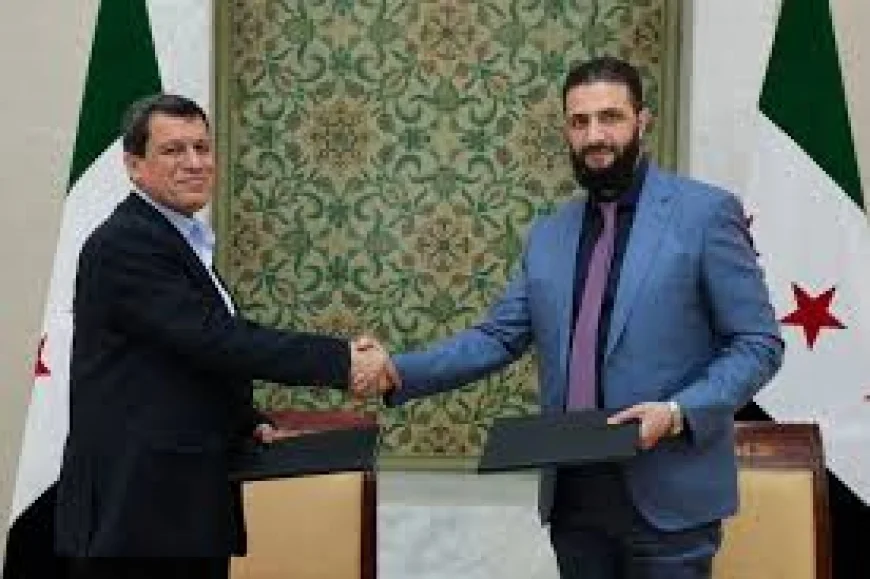
 Like
0
Like
0
 Dislike
0
Dislike
0
 Love
0
Love
0
 Funny
0
Funny
0
 Angry
0
Angry
0
 Sad
0
Sad
0
 Wow
0
Wow
0
